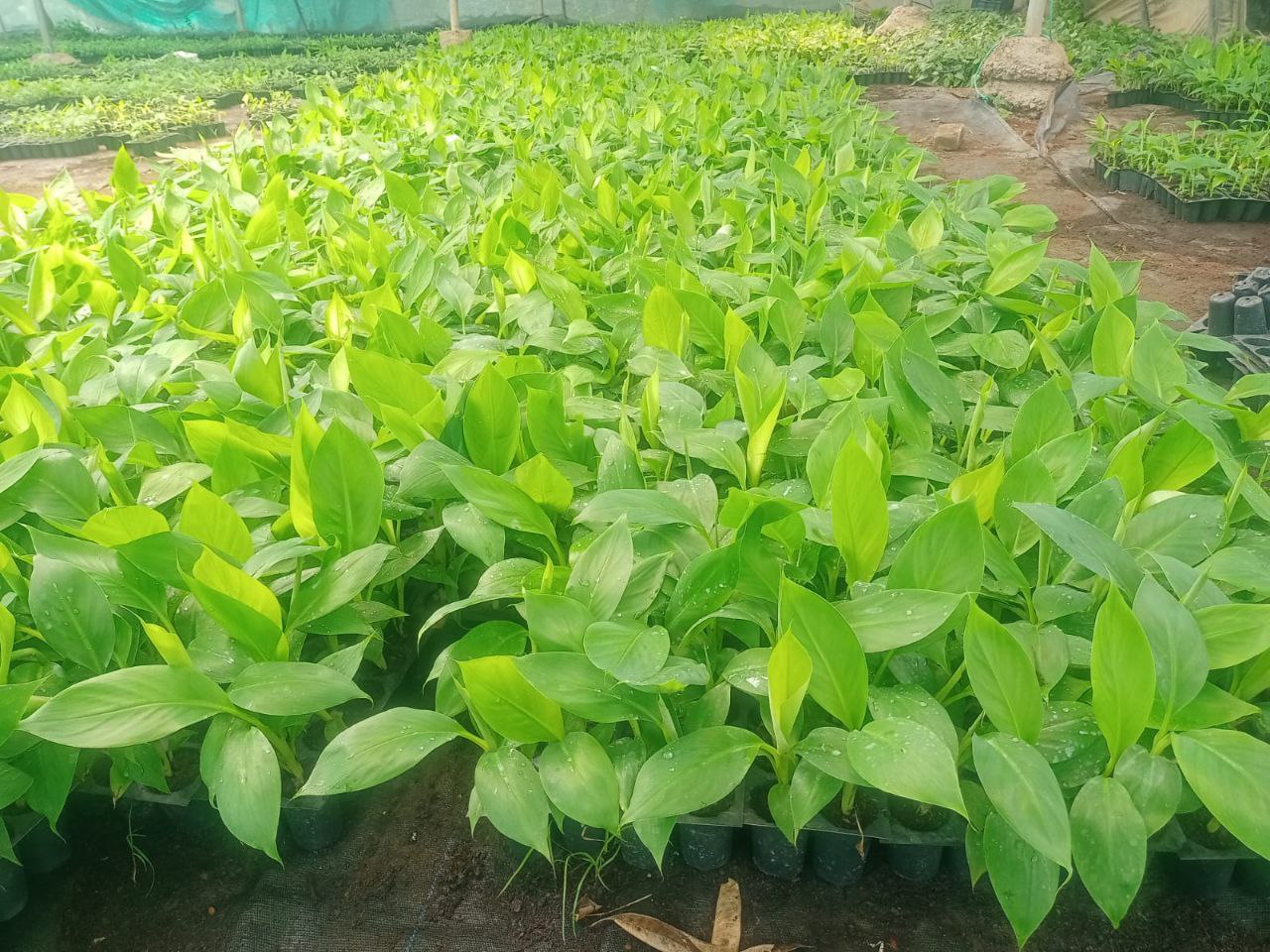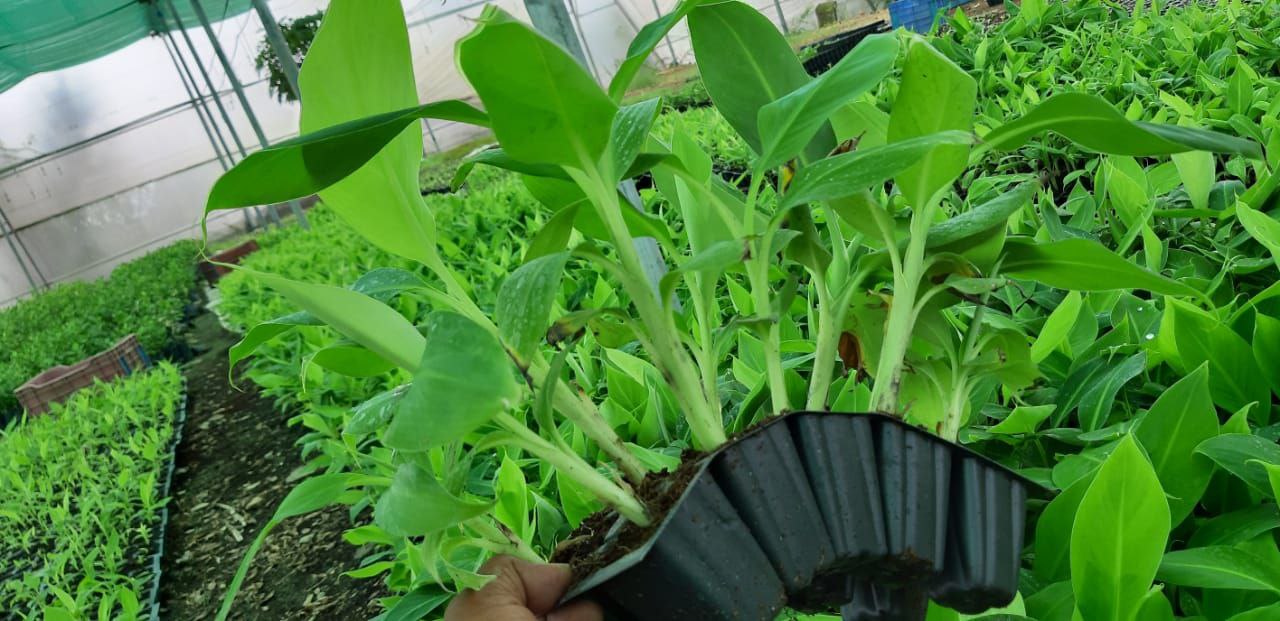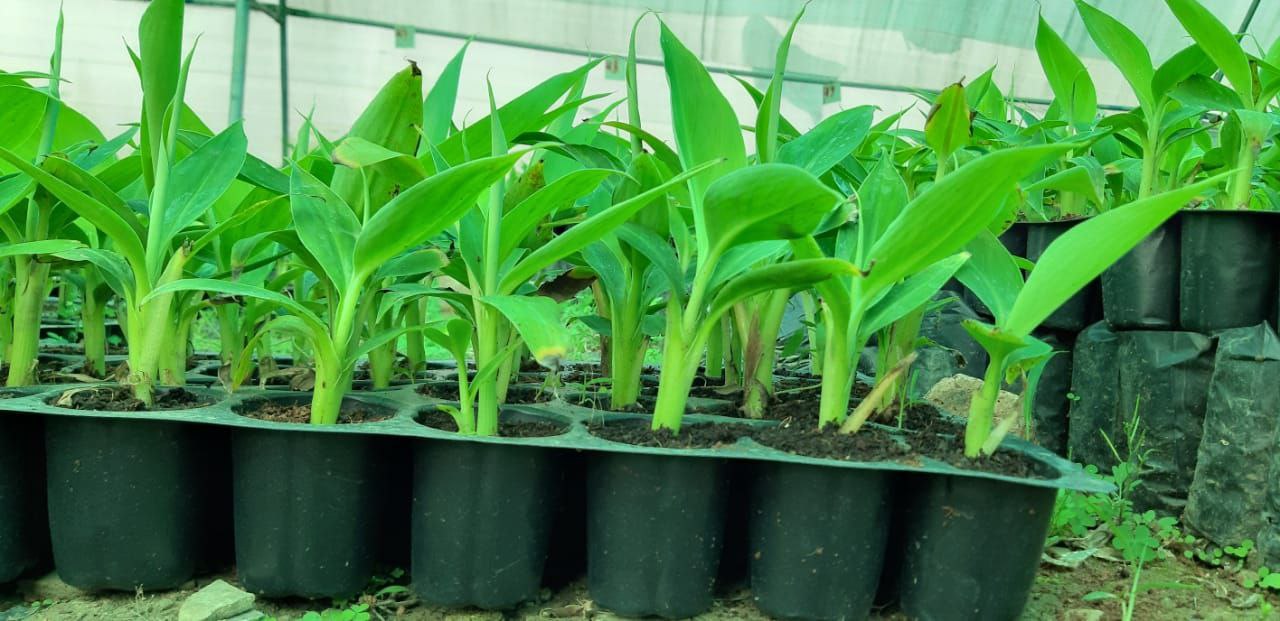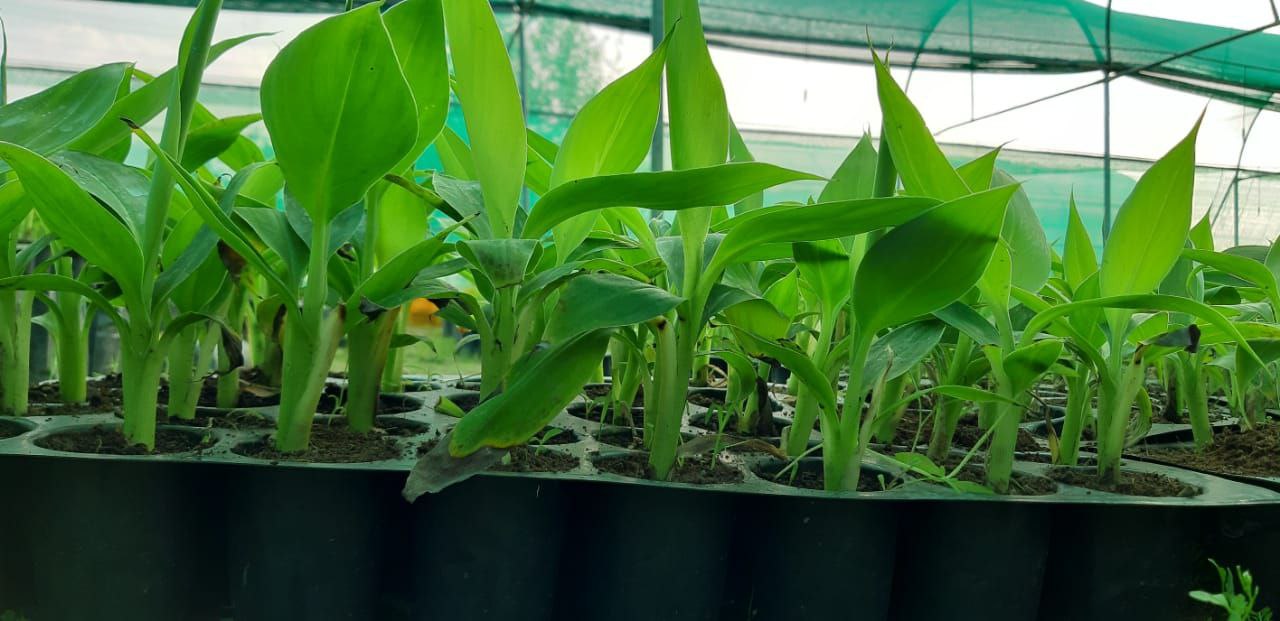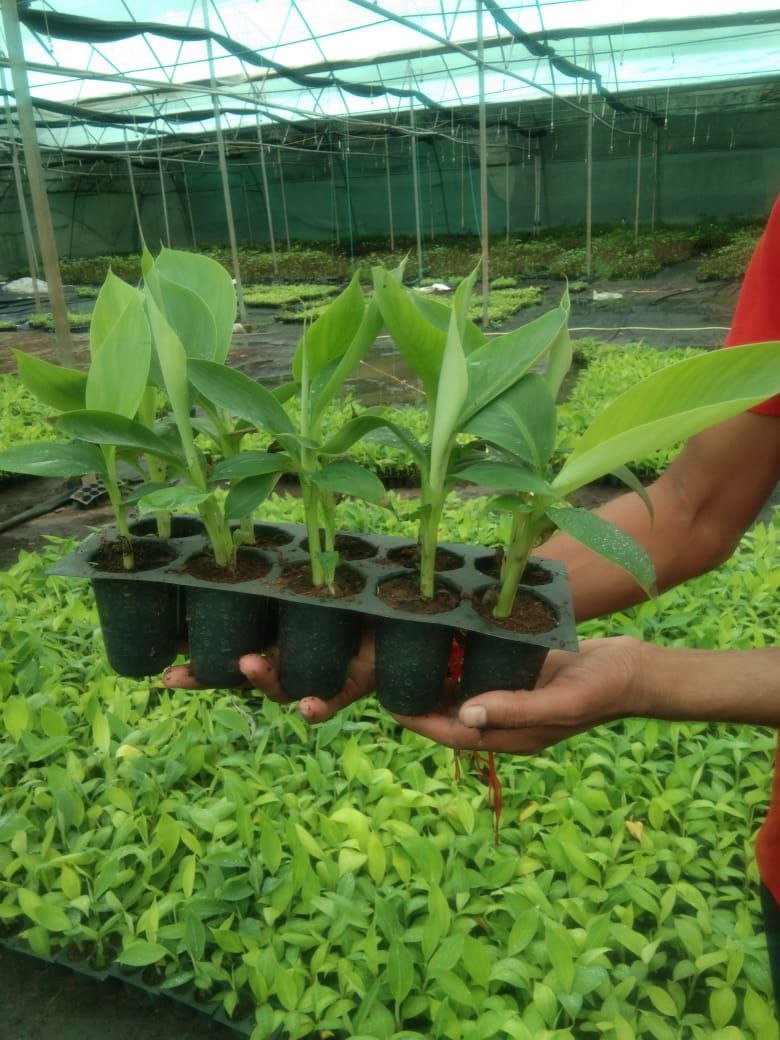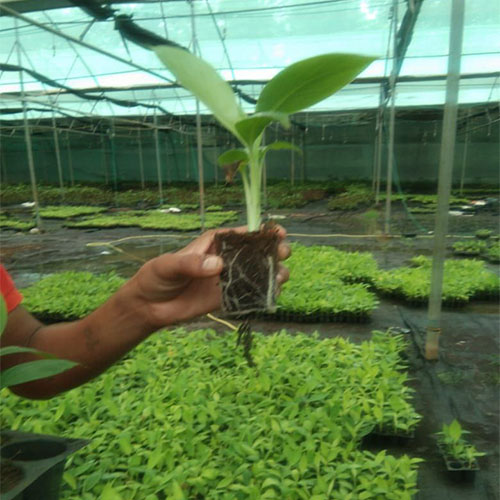G9 Banana Tissue Culture
G9 Banana, also known as "Grand Naine" or "G9," is a popular variety of banana widely grown for its high yield and excellent fruit quality. Tissue culture is a method used to propagate bananas, including the G9 variety, through a controlled, sterile process. Here’s a guide to understanding and working with G9 banana tissue culture:
G9 Banana Tissue Culture
-
What is Tissue Culture?:
- Definition: Tissue culture is a technique used to propagate plants in a laboratory setting using small pieces of plant tissue. It allows for the rapid multiplication of plant material and ensures that the plants are disease-free and genetically uniform.
- Process: The process involves placing tissue samples from a donor plant into a sterile medium that encourages cell division and growth. The resulting plantlets are then transferred to soil for further development.
-
Benefits of Tissue Culture for G9 Bananas:
- Disease-Free Plants: Tissue culture helps produce plants that are free from common banana diseases like Panama disease and Sigatoka.
- Uniform Quality: Plants grown from tissue culture are genetically identical, ensuring consistent fruit quality and yield.
- Faster Propagation: Tissue culture allows for the rapid production of large quantities of plants in a relatively short time.
-
Planting G9 Banana Tissue Culture:
- Preparation: Acclimate the plantlets to outdoor conditions gradually. Start by placing them in a shaded area before moving them to full sun.
- Soil: Plant in well-drained, fertile soil. Bananas prefer a slightly acidic to neutral pH (5.5 to 7.0).
- Spacing: Space the plants about 8-10 feet apart to allow for their large size and to facilitate air circulation.
-
Care and Maintenance:
- Watering: Keep the soil consistently moist, especially during dry periods. Avoid waterlogging.
- Fertilizing: Use a balanced fertilizer or one specifically formulated for bananas. Apply regularly to support healthy growth and fruit production.
- Pruning: Remove dead or damaged leaves as needed. Proper pruning helps maintain plant health and improve airflow.
-
Pests and Diseases:
- Pests: Common pests include aphids, banana weevils, and spider mites. Monitor regularly and use appropriate treatments if needed.
- Diseases: Watch for diseases such as Panama disease and banana streak virus. Ensure good plant hygiene and avoid introducing infected materials.
-
Harvesting:
- Timing: G9 bananas typically mature in about 9-12 months. Harvest when the bananas are full-sized and green. They will ripen after harvesting.
- Method: Use a sharp knife or pruning shears to cut the banana bunch from the plant.
Using tissue culture to propagate G9 bananas ensures high-quality, disease-free plants that can yield a productive crop. If you have any more specific questions about the process or care for G9 bananas, feel free to ask!

